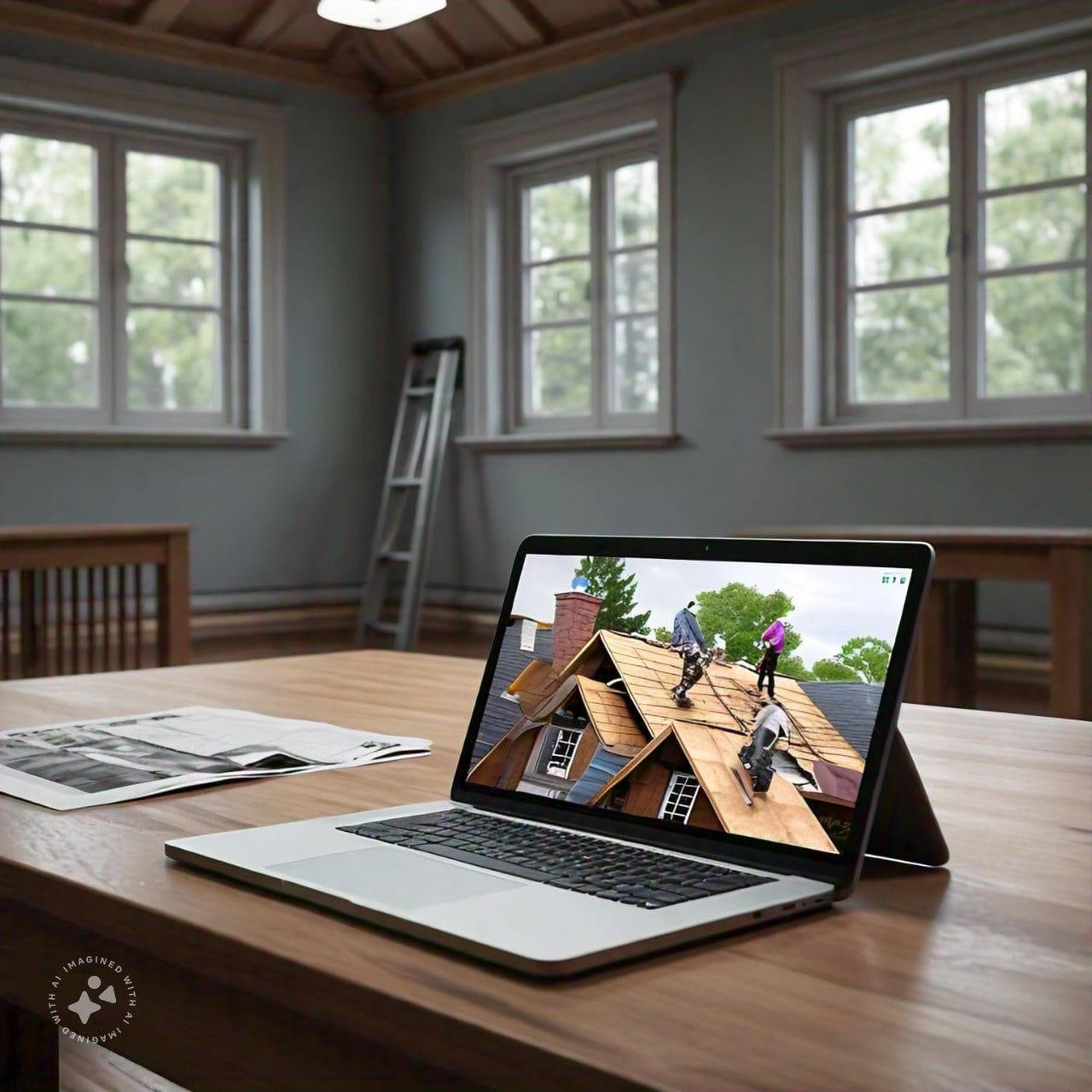A roof is one of the most critical components of any home, providing protection from the elements and ensuring the structural integrity of the entire building. Over time, even the most well-constructed roofs will experience wear and tear; eventually, a replacement becomes necessary. Understanding when it’s time to replace a roof can help homeowners avoid costly repairs and ensure the safety and comfort of their living space. We will explore the key factors to consider when determining if your roof needs replacing from Nestler Homes LLC and how to assess its overall condition.
Signs that will determine if your roof needs replacement
- Age of the Roof
One of the most significant indicators that it may be time for a roof replacement is the roof’s age. Most roofing materials have a specific lifespan; once they reach that point, they deteriorate more rapidly. For example, asphalt shingles typically last around 20 to 25 years, while other materials like metal or tile can have longer lifespans. If your roof is approaching or exceeding its expected lifespan, assessing its condition more closely is important.
Even if your roof doesn’t show visible signs of damage, age can still be a major factor in its performance. Over time, materials weaken due to exposure to weather conditions such as rain, wind, and UV rays. A roof that has reached the end of its lifespan may be more prone to leaks and other issues, making replacement a smart investment before serious problems arise.
- Frequent Repairs and Maintenance
Another key factor in determining whether it’s time for a roof replacement is the frequency of repairs and maintenance. If you find yourself constantly repairing leaks, replacing shingles, or addressing other roofing issues, it may be a sign that the roof has reached the end of its serviceable life. While occasional repairs are normal, especially after severe weather, ongoing issues can indicate underlying problems that a simple fix won’t resolve.
Frequent repairs not only become expensive over time, but they also point to a roof that is no longer providing the level of protection it should. If multiple roof sections are damaged or deteriorating, it might be more cost-effective to invest in a full roof replacement rather than continuing to patch up the problem areas. A roofing contractor can assess the roof’s condition and help you decide if a replacement would be a more viable long-term solution.
- Visible Damage
Visible signs of damage are some of the most obvious indicators that a roof replacement may be needed. Damage can take many forms, from missing or cracked shingles to sagging roof areas. These issues can compromise the roof’s ability to keep water out, leading to leaks, mold growth, and damage to the structure of your home.
If you notice curling or buckling shingles, it’s a strong indication that the roof has been exposed to excessive moisture or heat, causing the shingles to lose shape. This can result in gaps that allow water to penetrate the roof. Similarly, if you notice granules from shingles collecting in your gutters or downspouts, it’s a sign that the shingles are deteriorating and no longer providing adequate protection. In such cases, replacing the roof may be necessary to prevent further damage.
Roof sagging is another sign that a replacement may be needed. A sagging roof can indicate structural problems, such as rotting decking or compromised support beams. If addressed, this can lead to significant safety hazards. When the roof begins to sag, it’s important to act quickly and consult a roofing professional to determine if a replacement is the best course of action.
- Energy Efficiency Concerns
Roofing plays a vital role in maintaining a home’s energy efficiency. If you’ve noticed an increase in your heating or cooling costs, it could be a sign that your roof no longer provides the insulation and protection it once did. As roofing materials age and deteriorate, they may lose their ability to reflect heat, leading to increased energy consumption, especially during extreme weather conditions.
A poorly insulated roof can allow heat to escape during the winter months or excessive heat to enter during the summer, causing your HVAC system to work harder to maintain a comfortable indoor temperature. If you suspect that your roof contributes to higher energy bills, replacing it with modern, energy-efficient materials can help improve your home’s energy performance and reduce costs over time.
- Water Damage and Leaks
Water damage is one of the most critical signs that a roof may need replacement. Leaks can often start small and go unnoticed until they cause significant damage to the home’s interior. If you notice water stains on your ceiling, walls, or attic, it’s essential to investigate the source of the leak and determine whether the roof is the culprit.
While some leaks can be repaired, multiple leaks or widespread water damage often point to more serious roofing issues. In many cases, replacing the roof is the most effective way to stop leaks and prevent further damage to the home. Additionally, water damage can lead to mold growth, which poses health risks and can be expensive to remove. Addressing roof issues promptly can help avoid these complications and protect your home from future water-related problems.
- Weather-Related Wear and Tear
The weather plays a significant role in a roof’s lifespan. Homes in areas with harsh climates, such as frequent storms, heavy snowfall, or high winds, may experience faster roof deterioration than in milder climates. Weather-related wear and tear can cause shingles to loosen or break, flashing to fail, or other roof components to weaken over time.
After a major weather event, it’s important to have your roof inspected for any signs of damage. Even if the roof appears in good condition from the ground, a professional inspection can reveal hidden issues that may compromise its performance. If weather-related damage is extensive, a full roof replacement may be necessary to ensure the long-term protection of your home.
Determining when it’s time for a roof replacement requires careful consideration of several factors, including the roof’s age, frequency of repairs, visible damage, and overall performance. By staying vigilant and addressing roof issues promptly, homeowners can avoid more significant problems down the road. Investing in a roof replacement when needed ensures the home’s safety and comfort and helps maintain its value and efficiency. Working with a roofing contractor to assess the condition of your roof and make informed decisions can help you protect your home for years to come.

















